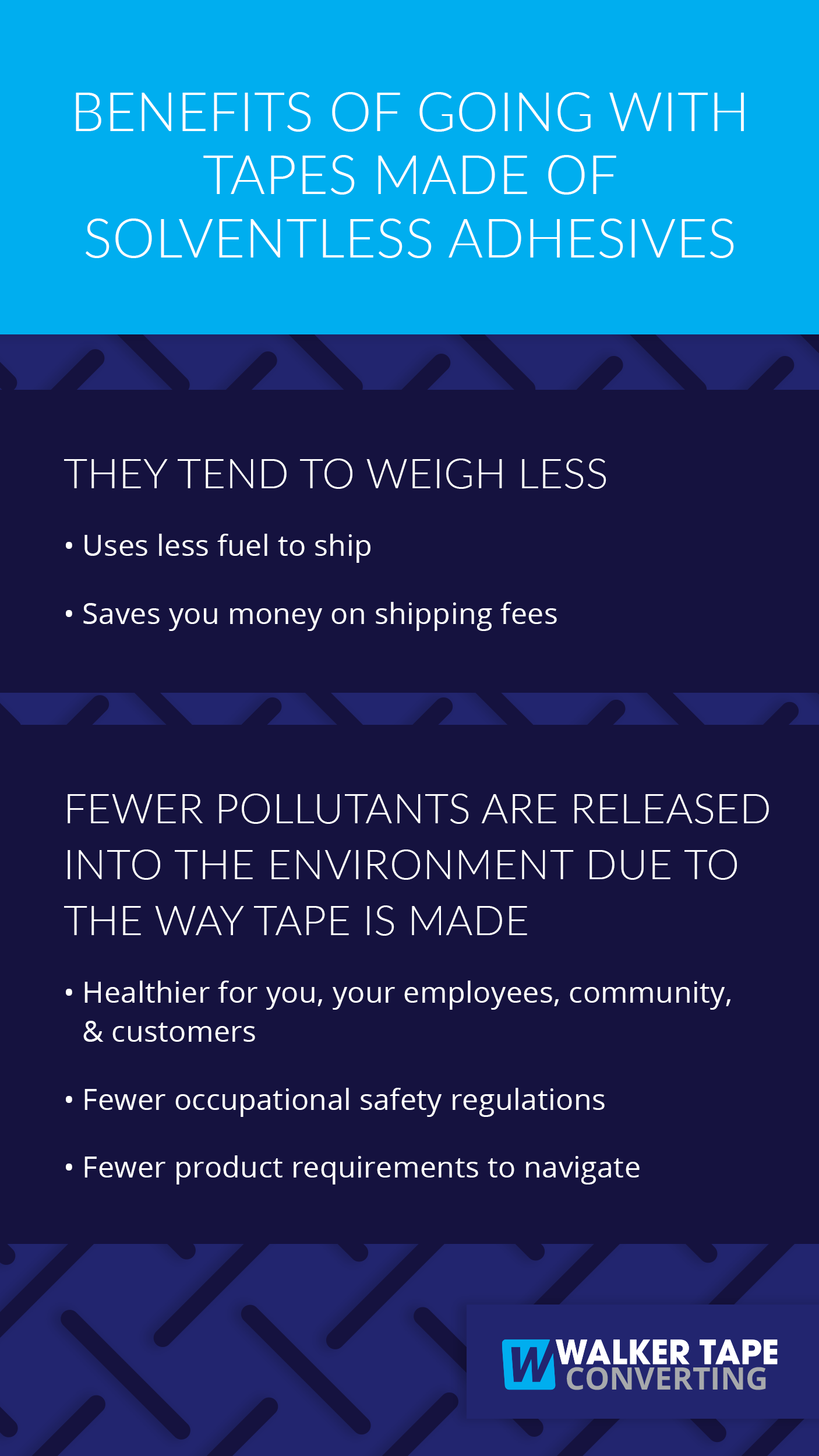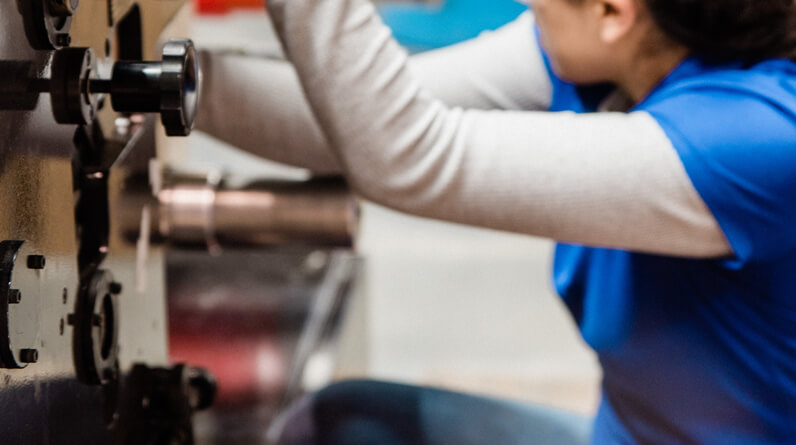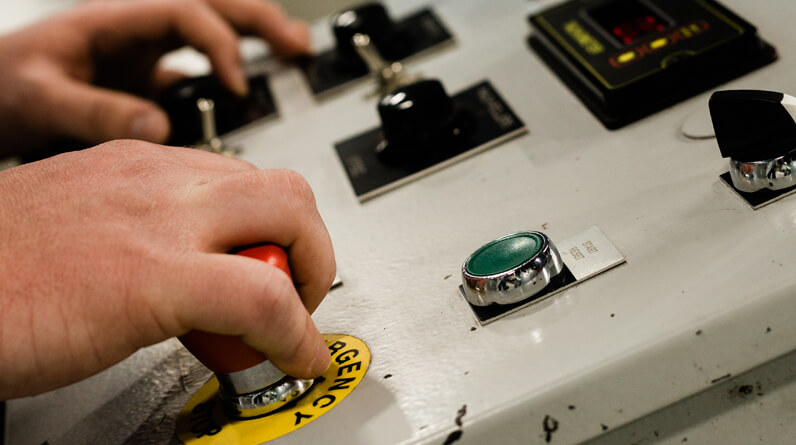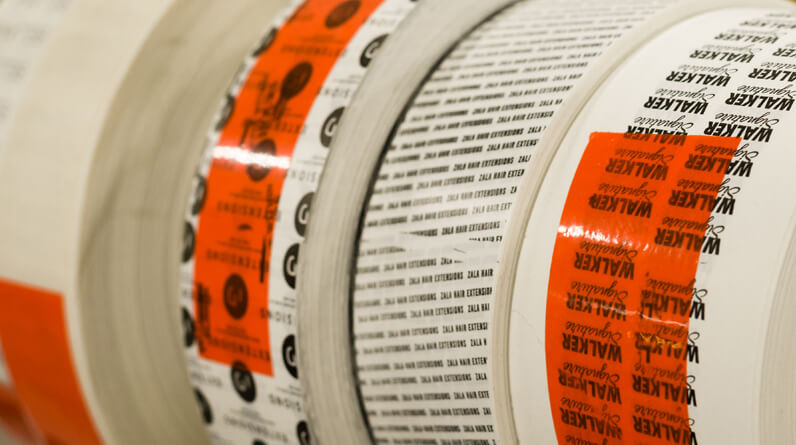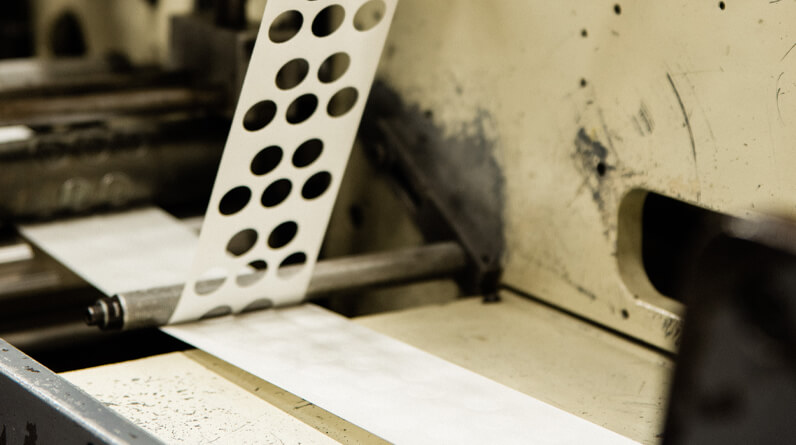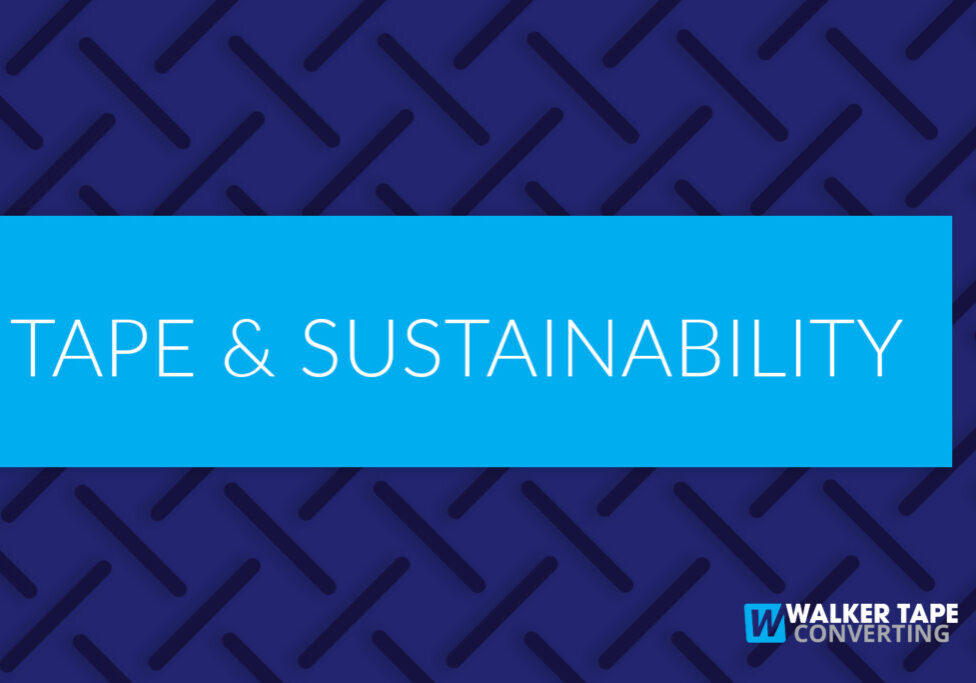
How Sustainable Is Tape?
This question can be a tough one to answer. For example, tape offers benefits to products that make them more sustainable over the long run. Yet making the tape has historically taken energy and required chemical byproducts of the oil and gas industry. In this sense, it’s tricky to compare the sustainable performance benefits of tape against the limited resources the tape industry currently relies on.
One thing is certain though: tape is definitely more sustainable than glues or mechanical fasteners. Glues, screws, rivets, and the like require more energy and time spent on your production floor. Plus, their ultimate performance can lead to more failures and wasted product in comparison to tape.
Is Tape Dependent on Fossil Fuels?
In a lot of ways, yes. It’s best we avoid greenwashing here. There are exceptions of course. For example, there are tapes that use paper or fabric materials that carry natural rubber-based adhesives. But, even these less-oil-dependent tapes need a global supply chain to round up all the ingredients for the tape to exist.
The rest – including most tape products out there – either use acrylic-based or silicone-based adhesives. Acrylic-based adhesives have their origins as byproducts of the oil industry. Silicone-based adhesives originate as sand. While sand is naturally available, the process to turn sand into a sticky silicone adhesive requires a lot of energy.
Now, that’s just the adhesive part of tape. Plenty of other essential parts to a tape’s construction also depend on fossil fuels. Some examples include plastic-film and foam carriers that give tape its structure and carry the adhesive. When it comes to sustainable carriers, paper and fabric carriers are really the only biodegradable options of the bunch.
Then there are also primers that help the adhesive stick to the carrier and release coatings and liners that make tape easier to use. Both of which again end up relying on acrylic or silicone options.
Is Tape Becoming More Sustainable?
In a few exciting ways, yes! There are at least three trends in the tape market that illustrate the industry’s steps in a more sustainable direction.
- Tapes Using Solvent-Free, Water-Based Adhesives
- Tapes Using Solventless Adhesives
- Tapes Using Solventless, Bioderived Adhesives
Let’s look at each of these exciting trends one at time.
Solvent-Free, Water-Based Adhesives
These options were some of the first to revolutionize tape production. In fact, most industries doubted whether water-based adhesives would play a big role in the tape world.
Historically, tapes have been made mostly by using a solvent-based method. This technique involves the liquid adhesive mixed in a soup of chemical solvents. To turn the liquid adhesives into the mostly solid adhesives that we see on tape requires long ovens to dry the solvents off. As the solvents evaporated out, the adhesives hardened into the solid, sticky layer on tape.
The long ovens of course require a lot of energy to operate. But also, in terms of sustainability, these solvents create a few issues as well. They consist of what are known as volatile organic compounds (VOCs) that evaporate at room temperature. This evaporation of VOCs is called off-gassing, which emits pollutants into the environment.
What’s especially fascinating about VOCs is that they don’t stop off-gassing once the tape is made. Solvent-based tapes continue to off-gas VOCs into the environment even after the tape is bought and used by the end user.
So in the end, solvent-based production adds greenhouse gasses to the air during production all the way to the end consumer. With a global supply chain, it’s easy to see why improvements were needed to curb this off-gassing phenomenon. In fact, it’s why VOCs have become federally regulated in various industries.
The improvements came by way of solvent-free, water-based adhesives. Keep in mind, an adhesive mixture can be called solvent-free as long as the mixture contains less than 5% solvents. So, solvent-free can sometimes be a bit of a misnomer.
Anyway, water-based adhesives use water as the solvent instead of the VOC off-gassing chemical solvents. Water evaporating is much healthier for our air than VOCs. While they still use an acrylic as a part of the water-based adhesive, their low VOC emissions make these tapes a leap in a more sustainable direction.
Solventless Adhesives
Solventless adhesives arguably go a step further in the right direction. We say arguably here because it depends a lot on how the tapes are manufactured. Since these processes are for the most part proprietary to tape suppliers, we can’t know for sure.
Some water-based adhesives, for instance, are manufactured by using those long oven processes to dry the water off the adhesive. These processes likely use more energy than some solventless tapes that start out with an already solid adhesive. These options require no extra energy spent on oven-drying.
Some suppliers have seen their VOC emissions go down as much as 99% since 1990 by switching their focus to solventless adhesives. Also, tapes with solventless adhesives tend to weigh less than solvent-based tapes. Less weight requires less fuel, which leads to more efficient shipping.
Another sustainable benefit to solventless tapes deals with the business side of things. Without VOC concerns, these tapes have fewer product requirements to worry about. They also have fewer occupational safety requirements and health risks for those working at your company. You can make life better for your employees at the same time as making your business easier to run!
Solventless, Bioderived Adhesives
Suppliers are now launching tapes that use mostly renewable, plant-based acrylic adhesives. These options combine a solventless process with a higher concentration of sustainably sourced acrylic. They’re not totally free of petrochemicals quite yet. Many options incorporate between 61% and 68% plant-based acrylic.
But it’s a great move forward to ensure the tape industry can still drive innovations far into the future.
Industries that Rely More and More on Solvent-Free & Solventless Adhesives
- Automotive: interior fittings such as headlining and dashboards
- Packaging: Lamination systems for flexible packaging
- Furniture: Bonding and sealing upholstery
- Mattress: Bonding mattress layers together
- Paper: Envelopes and bookbinding
- Textile and Shoes: Apparel and footwear, bonding the upper base to the sole
- Hygiene: Napkins, sanitary diapers, and other nonwoven materials
- Medical: Solvent-free adhesive bandages, surgical glues, and cements for bones
- Construction: Solventless adhesive systems as multi-purpose solutions
Bring you business the benefits of using these more sustainable tapes, and ask us for a free quote request today!

